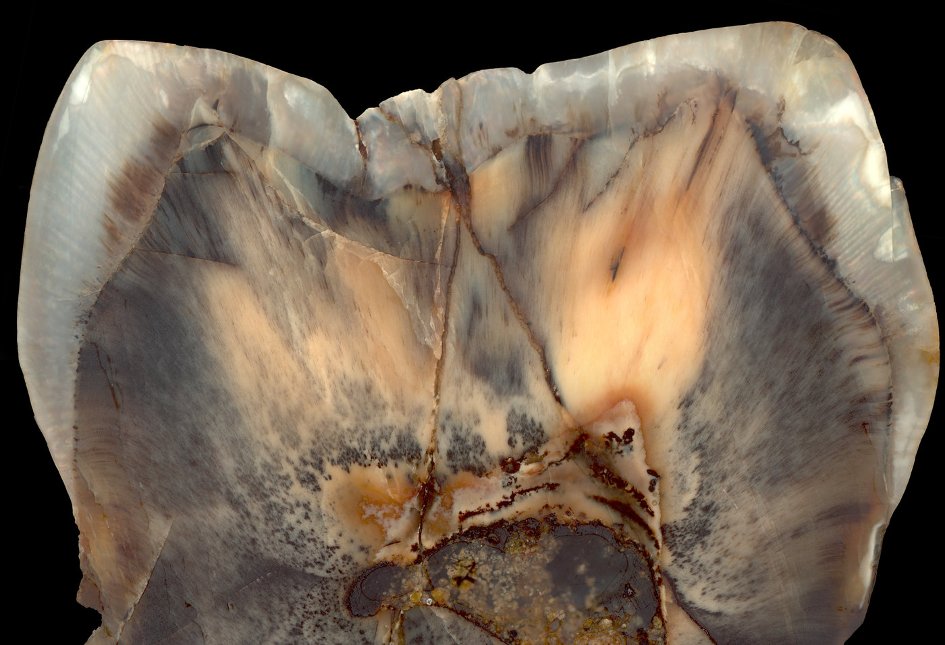The Onset and Evolution of Early Hominin Meat Consumption (HoMeCo) - The position of Plio-Pleistocene hominins in African paleo-food webs based on nitrogen isotopes in tooth enamel
DFG Project LU 2199/2 (Emmy Noether Program)
Collaborators: A. Martinez-Garcia (MPIC), M. Bamford (ESI and U Witwatersrand), D.R. Braun (George Washington U), R. Bobe and S. Carvalho (Oxford U) and others

The overarching goal of this project is to reconstruct the onset and evolution of meat consumption of Plio-Pleistocene hominins, including species of Australopithecus, Kenyanthropus, Paranthropus and Homo from eastern and southern Africa based on enamel nitrogen isotope data. We will generate stable carbon, nitrogen, and oxygen isotope datasets for early hominins and associated fauna (herbivores, carnivores, and omnivores including non-hominin primates), to assess their feeding ecology. We target key-localities in the East African Rift System and cave deposits in the South African Cradle of Humankind. These sites span over the last 4 million years, a critical period of climate-induced environmental change and hominin (dietary) adaptation. This first fossil enamel N isotope dataset will contribute significantly to our understanding of regional, temporal and taxonomic variation in the dietary behavior of our early ancestors. We will evaluate the onset, evolution and importance of animal resource consumption, as well as the role of dietary flexibility in the extinction and adaptive radiation of early hominin taxa.
